The Ultimate Guide to Creating Episodic Content in 2020
Is your marketing team always playing catch up with your content marketing? Stop creating content and start creating shows. See how 1 episode can create 20 content pieces at once for you. 2019 Examples and templates inside.
Stop creating content, start creating shows.
Episodic content is creating sequential, engaging video (and social) content that is part of a series centred around a certain theme or topic — similar to a series on Netflix, YouTube, or Spotify.
Episodic, or “episode-style” content helps brands shorten sales cycles, build visibility, and stay resource-effective.
It enables 1 pillar piece of content to drive 20 other microcontent pieces in one go. It is not only effective, it can also be quite fun.
Instead of worrying about what to blog about next, or what to post on social today, smart CEOs and CMOs are building episodic content.
They strategically remove themselves from the content rat race with competitors and create “original series” around their buyer personas’ core interests instead.
As a result, they build an unfair advantage through their unique style of thought leadership and brand recognition.
This directly drives more top of the funnel traffic and sales enquiries to their websites.
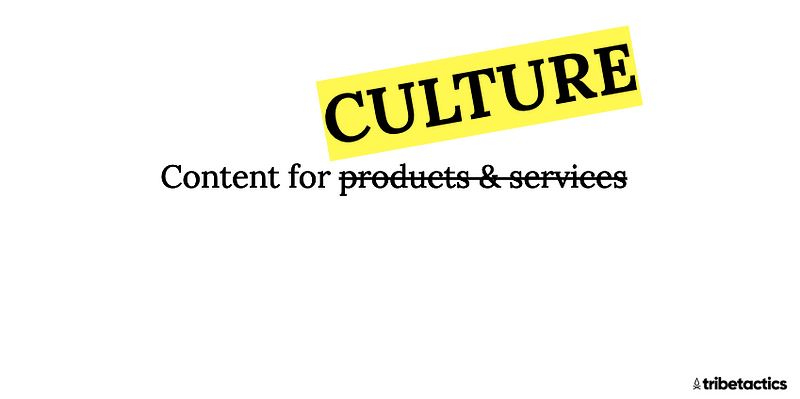
The best episodic content is entertaining as much as it is educational.
By entertaining your personas you build attention, likability, and trust — helping you gain permission to give more education throughout their buying journey.
It is hard to stand out making content the old way.
In a noisy world where everyone is producing content around their products and services — it is getting harder and harder to get people to give us their attention.
In a world where you can Google just about any subject matter, what sets you in a class of your own is when you create branded, entertaining content as part of a dedicated series for your persona’s culture — their dreams, fears, and quirks.
We have never had more me-too blogs and content than today:
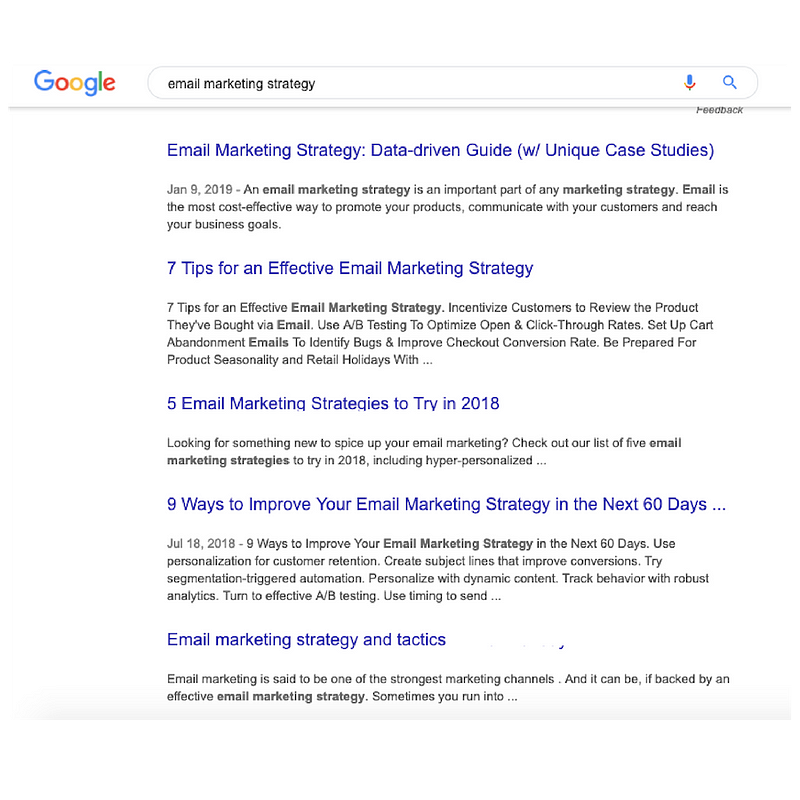
Practical brands are realizing it is not enough to simply be creating content hoping to win the SEO lottery, but to purposely create entertaining content that builds brand recognition and drives sales enquiries.
Why creating content often causes burnout:
It comes down to constant balancing quality, frequency, and distribution.
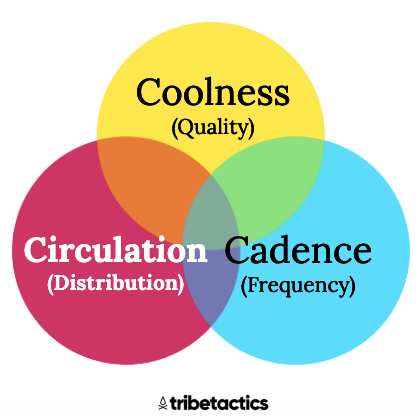
Most brands often have an ability over just one or two of the three.
But to balance all at once can be tricky when adopting a traditional content marketing approach of static content calendars, or worse, ad-hoc creating and posting.
By creating shows or episode-style content, marketers are able to drive all 3 elements above in lockstep, while becoming more efficient with their time and resources.
This in turn helps them scale their content efforts or allocate it to other core marketing and sales needs.
Think of how people spend their downtime to catch a break online. For many, it’s watching content on YouTube, Netflix, or tuning in to their favourite podcast.
People enjoy it because it is entertaining, and likely educational as well in some way shape or form.
Brands have realized that once they start their own “original series” they will instantly set themselves apart from the competition, and help them in becoming a market leader.
It is no surprise then that 83% of marketers credit video for providing them a good ROI.
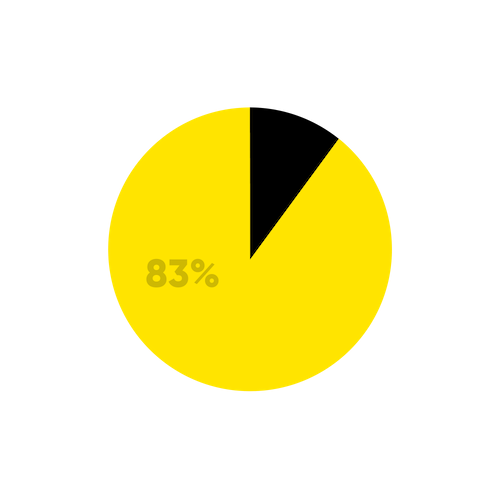
Also, as stated in a report from Hubspot on 2019 trends,
“90% of marketers told us they feel the level of competition and noise has increased in the past year. The pressure to create great video content — not just any old video content — is greater than ever as we move into 2019.”
Yet, many marketers and brands are still battling through content creation, one blog and social media post at a time — listicles and dry education on already oversaturated topics.
It is no wonder why many marketers we spoke to report feeling burnout after not seeing results.
Meanwhile, taking the time to build episodic video content helps you think in terms of specific topics, series, seasons, and themes.
The numbers help show the size of the opportunity:
- 47% of buyers look at 3–5 pieces of content before buying
- 65% of senior execs visit a website after viewing a related YouTube video
- 75% of millennials watch video on social media daily
- 82% of all IP traffic in 2021 will be video
In the next section, we’ll show you how easy it is to create your brand’s own episodic content (original series) and how it can help you multiply your team’s time, whether you are a team of 1 or 20 people.
How Episodic Content Can Grow Your Brand
A proven methodology for growing an unfair advantage.
By building episodic content, you set yourself up for success by making a decision to become a thought leader in your space by producing a show for your personas, with set episodes.
The hidden, major benefit of episodic content is your ability to take this video and turn it into more video, audio, written, and image content.
Think 1 episode = 20 pieces of content

This was first popularized in GaryVee’s Content Model, and provided an excellent methodology to create multiple forms of interesting, omnichannel content from one pillar episode.
Getting started with episodic content is easy once you have a framework to work with.
Implementing episodic content doesn’t mean you should throw away everything you’ve built to date and start new.
Some of the best ideas can come from content you've already done to date, to give you insight as to where people’s attention is heading.
We devised the Episodic Content Framework to help get you started.
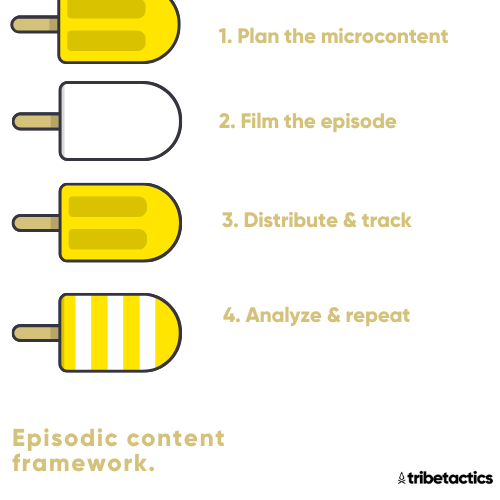
Step 0. Come up with a concept for a show that would appeal to your buyer persona and speak to the culture that they are part of. The only limit is your imagination, but here are 6 ideas to get you started:
- Podcast Talk Show
- Fireside Chats
- Panel Discussions
- Reaction Videos
- Behind the Scenes
- Documentary
Buyer Persona is king. Make sure the content you create is aligned with the culture of the market you’re after.
This would, in turn, dictate your topic research and guest research, if you will be designing a show that involves collaborating with others (recommended).
Some great episodic examples:
Drift created a show titled Coffee with a CMO, giving their audience access to the minds of great CMO’s in a down-to-earth and “grabbing a coffee” fashion — which is both light-hearted and deeply value-adding for the persona.
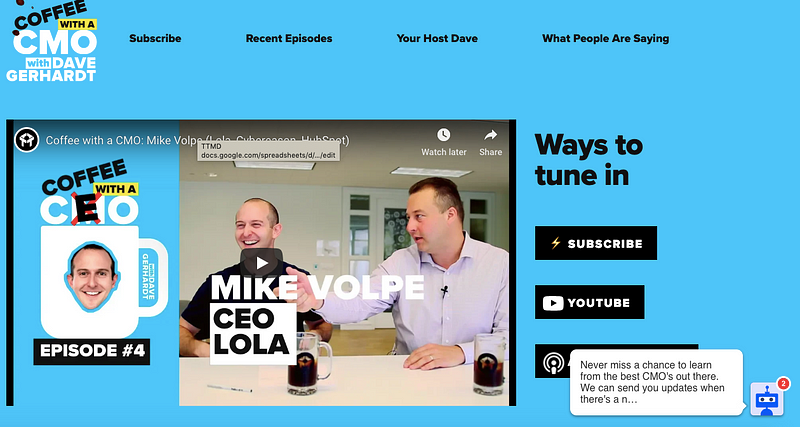
Spotify for Artists created The Game Plan, a show featuring Spotify insiders and successful musicians sharing tips with upcoming artists via Spotify. This is a “Behind the scenes” style show.
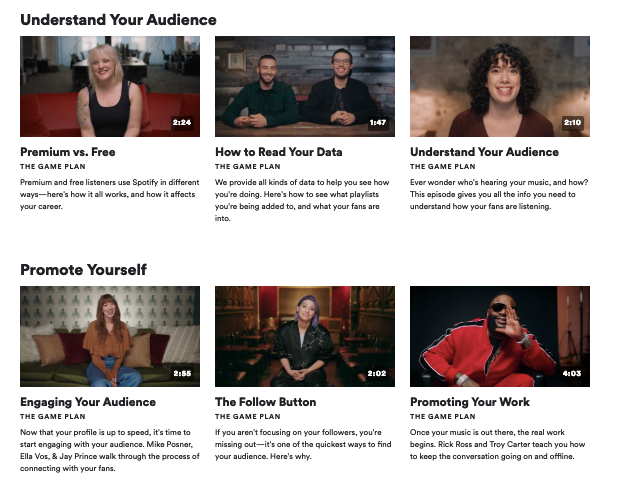
Wistia made a great Documentary-style show titled One, Ten, One Hundred — addressing a pressing question for avid video creators — how much does budget play a factor in the creation of video.

Now that you got some episodic content examples inspiration, let's jump right in with how you can start.
Step 1. Plan the microcontent
Whether it’s a video podcast talk show, a regular live monthly event, or something else, always start by planning the microcontent within each episode.
This way, you guarantee that the video will be “usable” in its many forms later on.
It is part art, part science, and part culture. Customers using our tribetactics subscription box service get paired up directly with one of our co-founders to help devise a strategy.
Step 2. Film the Episode
Demand a certain level of quality, but don’t beat yourself up for it in the start. Even starting with 2 smartphone cameras on tripods is sufficient to get you off the ground.
When you prove the concept of your show, you will be able to film in DSLR, or even hire a professional film crew. Having said that, always start with the best quality you can afford.
On Audio.
Audio helps make video pop and stand out, and you have several options to make that happen.
Option 1: You can start by using another smartphone dedicated solely to recording audio.
Option 2: If you’re willing to purchase mics for this (and you should), we recommend the Audio-technica AT2020 off of Amazon which is one we’ve tried and use often. Alternatively, you may also go for the Zoom H1 mic, which is battery powered and portable.
Option 3: You may also decide to go for a set of lav mics for a more discrete micing solution.
Step 3. Distribute & Track
Once you have your full episode, you would be able to segment those into different microcontent pieces and be able to track how they perform across different channels.
Step 4. Analyze, Rinse and Repeat
No marketing is complete without analyzing results to derive insights on engagement, traffic, and lead generation. If you use Hubspot, Google Analytics, or Amplitude you can set up goals to track first touch attribution to see how your content has had an impact on ROI all through to sales, and report this to your team.
Start today. Let’s help you brainstorm.
tribetactics helps brands build their own episodic shows, so that they can get ahead of the competition in quality, frequency, and distribution of content produced using our done-for-you subscription box.
